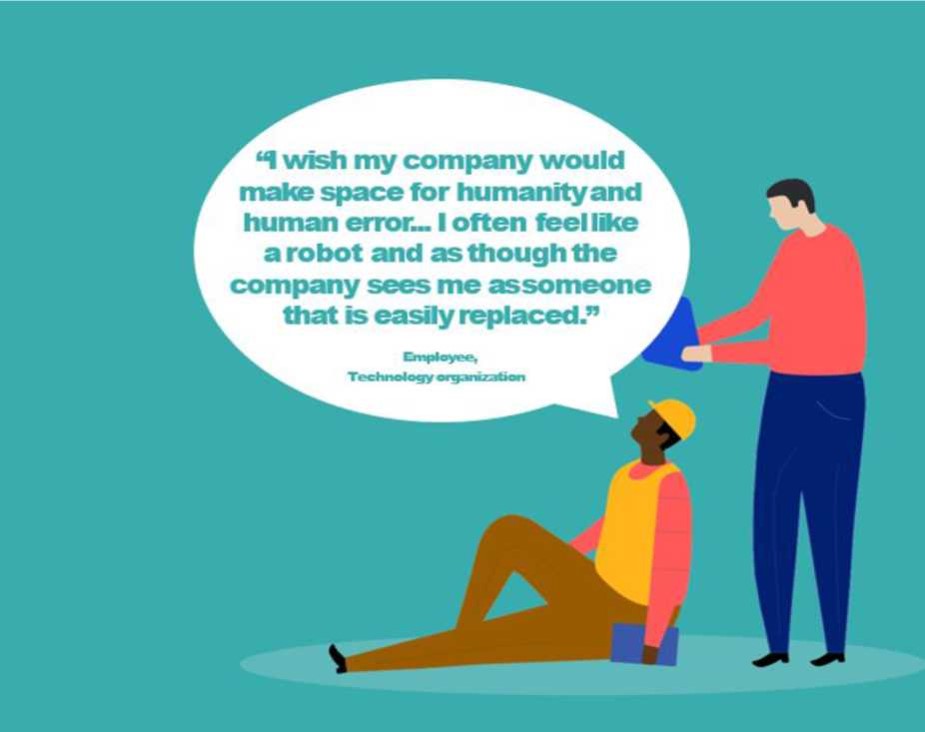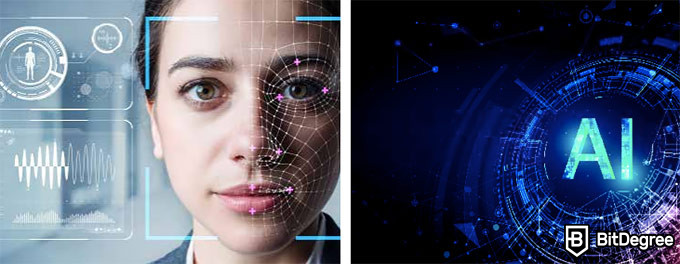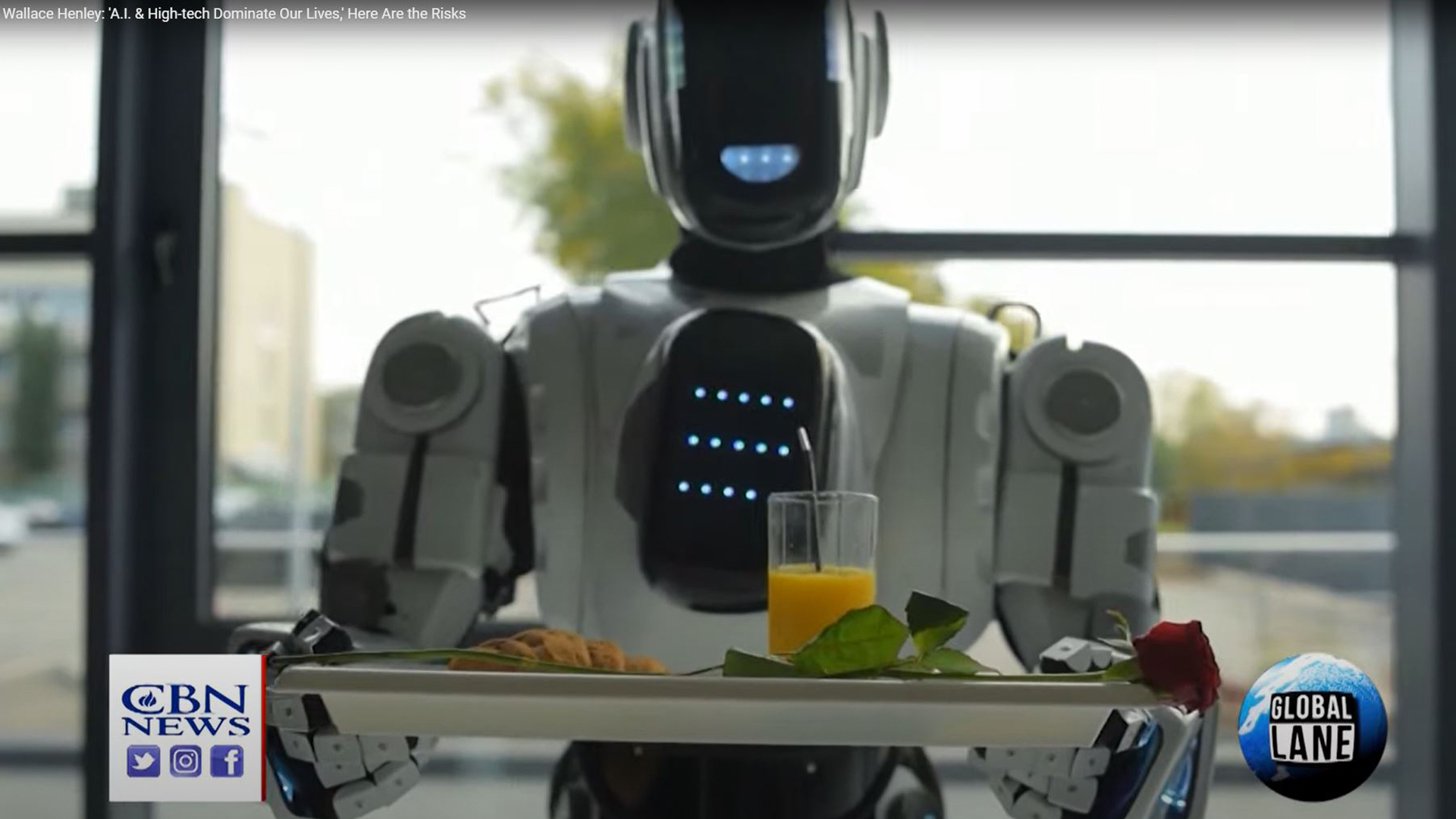
Dr. Timnit Gebru, a prominent member the AI-ethics group and co-founder of Google, is well-known. She also founded Black in AI and the Distributed Artificial Intelligence Research Institute, and was widely recognized as an AI ethics scholar. Her work has been widely reported in mainstream media including The Economist (New York Times), Wired (Wired), and The Economist (The Economist). Forbes and Wired also included her on their lists of the 50 most influential women in the world.
Google's co-founder, Dr. Timnit gebru
Gebru was fired by Google recently after an internal dispute over a research paper she had published that critiqued Google technology. Gebru's firing spurred a new wave organization among Tech workers. They rallied behind their boss. According to reports, Google asked Gebru for the paper's retraction. A group of Google employees signed an open-letter demanding an explanation. Gebru's firing drew more attention in the media.
Although Google denies the allegations, the dismissal may rekindle anger that has been simmering about how it treats its workers. Google has been cracking down on any form of dissent within its workforce for the past two years. It fired workers who supported diversity or challenged the ethics of its work. Gebru's dismissal triggered a harassment campaign targeting the cofounder of Google.

Black in AI is her cofounding project.
Black inAI was co-founded by Timnit Gebru to increase the visibility and participation of Black people in the field. During her PhD, she worked as a researcher at Stanford Artificial Intelligence Laboratory. She co-wrote a thesis about computer vision. The thesis was awarded the 2017 LDV Capital Vision Summit. Timnit was also a circuit designer at Apple. She also has worked as an entrepreneur, and cofounded Black in AI to promote black people in the field.
Since the early days of the organization, Dr. Timnit Gebru has been able to secure funding from major foundations. The MacArthur Foundation contributed $3.7 Million to support her efforts. DAIR Foundation has a similar approach to support research that is focused on community needs and not the industry's interests. DAIR plans also to publish research findings into academic journals or other platforms. Although it will be published at a slower rate than industry-led companies, DAIR will still strive to make findings available to the public and to make them accessible to the masses.
She was cofounder of Distributed Artificial Intelligence Research Institute
Timnit Geobru, founder of the Distributed Artificial Intelligence Research Institute (DAIRI), has had a major impact on artificial intelligence. Her innovative work has already changed the conversation on AI. She is currently serving on the steering committee of the Partnership on AI, a consortium of organizations dedicated to responsible AI development. Her efforts are having a significant effect on the field.
Gebru left Google in December 2020 following a public dispute about a paper he coauthored along with colleagues. Google top-ups had told Gebru to delete his co-authors' names from a paper they claimed was a'mistake. Gebru refused to comply with the order and threatened to quit. She was fired, then she resigned. Google replied that it had accepted and honored her resignation.

She was a well-respected scholar in AI-ethics.
The sudden firing Timnit Geobru has caused chaos within Google's AI-ethics community. Gebru's firing comes amid growing discord between academia and tech companies. A National Labor Relations Board complaint recently claimed that Google secretly monitored its employees. Google denied the allegations but has since appointed a new engineering VP, Marian Croak, who has no previous experience in responsible AI.
Dr Gebru was an academic well-known in the AI ethical community. She had previously been involved in research on algorithmic bias, facial recognition systems, and algorithmic bias. She was a co-founder of the Black in AI community, and was a vocal advocate for diversity in tech companies. Gebru's wrongful discharge has left a gaping wound in the AI community.
FAQ
Which industries are using AI most?
The automotive industry was one of the first to embrace AI. BMW AG uses AI as a diagnostic tool for car problems; Ford Motor Company uses AI when developing self-driving cars; General Motors uses AI with its autonomous vehicle fleet.
Other AI industries include banking, insurance, healthcare, retail, manufacturing, telecommunications, transportation, and utilities.
What are some examples of AI applications?
AI can be used in many areas including finance, healthcare and manufacturing. Here are just a few examples:
-
Finance – AI is already helping banks detect fraud. AI can scan millions of transactions every day and flag suspicious activity.
-
Healthcare – AI is used for diagnosing diseases, spotting cancerous cells, as well as recommending treatments.
-
Manufacturing - AI is used to increase efficiency in factories and reduce costs.
-
Transportation – Self-driving cars were successfully tested in California. They are being tested across the globe.
-
Utilities are using AI to monitor power consumption patterns.
-
Education – AI is being used to educate. Students can, for example, interact with robots using their smartphones.
-
Government - AI is being used within governments to help track terrorists, criminals, and missing people.
-
Law Enforcement – AI is being used in police investigations. Search databases that contain thousands of hours worth of CCTV footage can be searched by detectives.
-
Defense - AI is being used both offensively and defensively. An AI system can be used to hack into enemy systems. For defense purposes, AI systems can be used for cyber security to protect military bases.
AI is useful for what?
Artificial intelligence, a field of computer science, deals with the simulation and manipulation of intelligent behavior in practical applications like robotics, natural language processing, gaming, and so on.
AI is also known as machine learning. It is the study and application of algorithms to help machines learn, even if they are not programmed.
AI is being used for two main reasons:
-
To make our lives easier.
-
To be better at what we do than we can do it ourselves.
Self-driving vehicles are a great example. AI can do the driving for you. We no longer need to hire someone to drive us around.
What is the future role of AI?
The future of artificial intelligence (AI) lies not in building machines that are smarter than us but rather in creating systems that learn from experience and improve themselves over time.
Also, machines must learn to learn.
This would enable us to create algorithms that teach each other through example.
Also, we should consider designing our own learning algorithms.
It's important that they can be flexible enough for any situation.
What do you think AI will do for your job?
AI will eradicate certain jobs. This includes drivers, taxi drivers as well as cashiers and workers in fast food restaurants.
AI will lead to new job opportunities. This includes those who are data scientists and analysts, project managers or product designers, as also marketing specialists.
AI will make current jobs easier. This applies to accountants, lawyers and doctors as well as teachers, nurses, engineers, and teachers.
AI will make jobs easier. This applies to salespeople, customer service representatives, call center agents, and other jobs.
What does AI do?
An algorithm refers to a set of instructions that tells computers how to solve problems. An algorithm is a set of steps. Each step is assigned a condition which determines when it should be executed. Each instruction is executed sequentially by the computer until all conditions have been met. This is repeated until the final result can be achieved.
Let's take, for example, the square root of 5. You could write down every single number between 1 and 10, calculate the square root for each one, and then take the average. However, this isn't practical. You can write the following formula instead:
sqrt(x) x^0.5
You will need to square the input and divide it by 2 before multiplying by 0.5.
This is how a computer works. It takes your input, multiplies it with 0.5, divides it again, subtracts 1 then outputs the result.
Statistics
- Additionally, keeping in mind the current crisis, the AI is designed in a manner where it reduces the carbon footprint by 20-40%. (analyticsinsight.net)
- According to the company's website, more than 800 financial firms use AlphaSense, including some Fortune 500 corporations. (builtin.com)
- That's as many of us that have been in that AI space would say, it's about 70 or 80 percent of the work. (finra.org)
- A 2021 Pew Research survey revealed that 37 percent of respondents who are more concerned than excited about AI had concerns including job loss, privacy, and AI's potential to “surpass human skills.” (builtin.com)
- The company's AI team trained an image recognition model to 85 percent accuracy using billions of public Instagram photos tagged with hashtags. (builtin.com)
External Links
How To
How to Setup Google Home
Google Home is an artificial intelligence-powered digital assistant. It uses advanced algorithms and natural language processing for answers to your questions. You can search the internet, set timers, create reminders, and have them sent to your phone with Google Assistant.
Google Home works seamlessly with Android phones or iPhones. It allows you to access your Google Account directly from your mobile device. By connecting an iPhone or iPad to a Google Home over WiFi, you can take advantage of features like Apple Pay, Siri Shortcuts, and third-party apps that are optimized for Google Home.
Like every Google product, Google Home comes with many useful features. Google Home can remember your routines so it can follow them. So, when you wake-up, you don’t have to repeat how to adjust your temperature or turn on your lights. Instead, you can simply say "Hey Google" and let it know what you'd like done.
Follow these steps to set up Google Home:
-
Turn on Google Home.
-
Hold the Action button at the top of your Google Home.
-
The Setup Wizard appears.
-
Click Continue
-
Enter your email address and password.
-
Click on Sign in
-
Google Home is now available